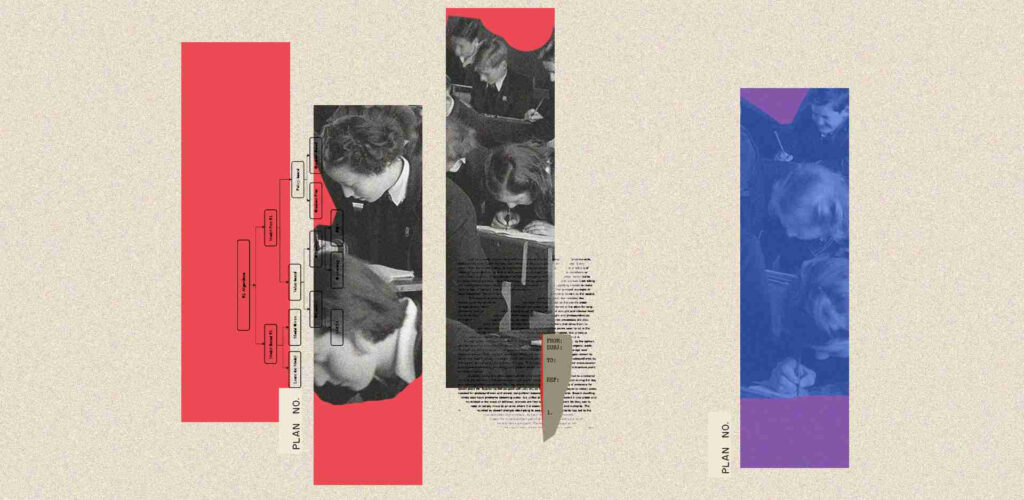With increasing curiosity among students and professionals, 2021 witnessed advancements in the reinforcement learning sector in robotics, gaming, and sequential decision making.
Reinforcement learning is one of the most fascinating topics of machine learning right now. It’s used in a wide range of industries, including data processing, robotics, manufacturing, recommender systems, energy, and gaming, to name a few.
The fact that reinforcement learning (RL) does not rely on past data sets distinguishes it from other types of algorithms. It, like humans, learns by trial and error.
Because of its relevance, researchers have been working at a faster pace in recent years to better understand and improve RL. Any major tech company, such as Facebook, Google, DeepMind, Amazon, or Microsoft, is devoting substantial time, money, and effort in developing real-world advancements.
Simplified Robotics

Robots must be able to execute a wide range of functions in order to be valuable to humanity. However, even training for a single task using offline reinforcement learning would require a long time and a lot of computing power.
Google developed MT-Opt and Actionable Models to address this problem. The first is a multi-task RL system for automated data collection and multi-task RL training, while the second is a data collection mechanism for collecting episodes of diverse tasks on actual robots that exhibits a successful application of multi-task RL. They also assist robots in learning new tasks faster.
DeepMind, a pioneer in reinforcement learning, surprised us with some novel ideas this year. RGB-stacking was provided as a benchmark for vision-based robotic manipulation. DeepMind trained a robotic arm to balance and stack items of various shapes using reinforcement learning.
This reinforcement learning-based study was distinctive due to the variety of items employed and the amount of empirical assessments conducted. The learning process was broken down into three stages: training in simulation with an off-the-shelf RL algorithm, training a new policy simulation with only realistic observations, and finally collecting data with this policy on real robots and generating an improved policy.
Learning in a sequential order

For those engaged in reinforcement learning, implementing sequential decision processes is critical. Just a month ago, social networking behemoth Facebook (now Meta) released “SaLinA” to make such a procedure easier. It’s created as a PyTorch add-on and can function in both supervised and unsupervised scenarios, with support for multiple CPUs and GPUs. A approach like this will be used in systems with large-scale training use cases.
In 2021, IBM was also involved in the reinforcement learning field. TextWorld Commonsense (TWC), a text-based game environment, was launched to address the challenge of infusing real-world agents with commonsense knowledge. This technique was used to train and assess RL agents with a commonsense understanding of objects, their properties, and affordances. By creating numerous baseline RL agents, it addressed the issue of sequential decision making.
Self-guided Learning

We witnessed new techniques emerge in the domain of self-supervised learning. Reversibility-Aware RL is a Google technique that adds a distinct reversibility estimation component to the self-supervised RL algorithm. This strategy, according to Google, improves the performance of RL agents on a variety of tasks, including the Sokoban puzzle game.
Gaming’s deep RL

Because reinforcement learning has a major influence on games, we witnessed DeepMind training agents playing games without intervention using reinforcement learning processes around the middle of 2021. Though DeepMind’s prior advances, such as AlphaZero, defeated world champion systems in Chess, Shogi, and Go, they remained trained independently for each game, unable to learn a new one without starting over with the RL approach.
The agents, on the other hand, were able to adapt to different surroundings using this strategy. The focus of this study was on how deep reinforcement learning (RL) may help agents train their neural networks.
Google has been experimenting with the use of RL in the game industry. It published “Evolving Reinforcement Learning Algorithms” in early 2021, which demonstrated how to develop analytically interpretable and generalizable RL algorithms utilising a graph representation and AutoML optimisation approaches.
Over a set of simple training conditions, it employed Regularized Evolution to develop a population of computational graphs. This aided in the improvement of RL algorithms in complicated contexts including visual observations, such as Atari games.
RL is gaining popularity.

With so much going on in the RL world, students and professionals alike are certain to get more interested. Microsoft organised the Reinforcement Learning (RL) Open Source Fest to educate students to open source reinforcement learning applications and software development in order to meet the rising demand.
DeepMind researchers collaborated with University College London (UCL) to provide students with a comprehensive overview of current reinforcement learning. It was designed to provide students with a thorough grasp of concepts like as Markov Decision Processes, sample-based learning algorithms, and deep reinforcement learning, among others.
Although reinforcement learning and its developments still have a long way to go, significant progress has been made in recent years. Its application in some industries might be game-changing. We may expect huge advancements in the near future as more and more research is conducted in RL.




